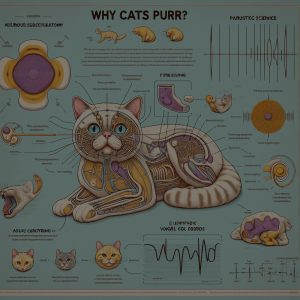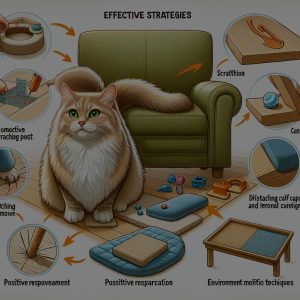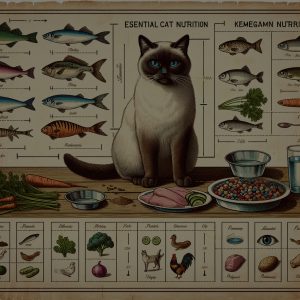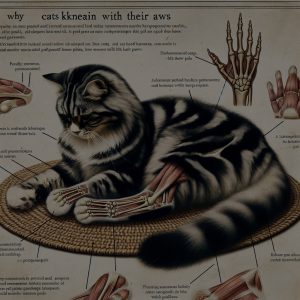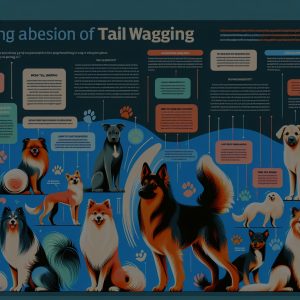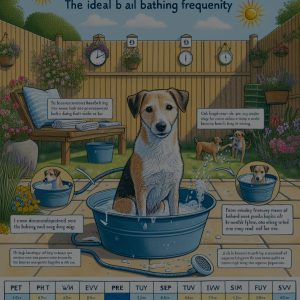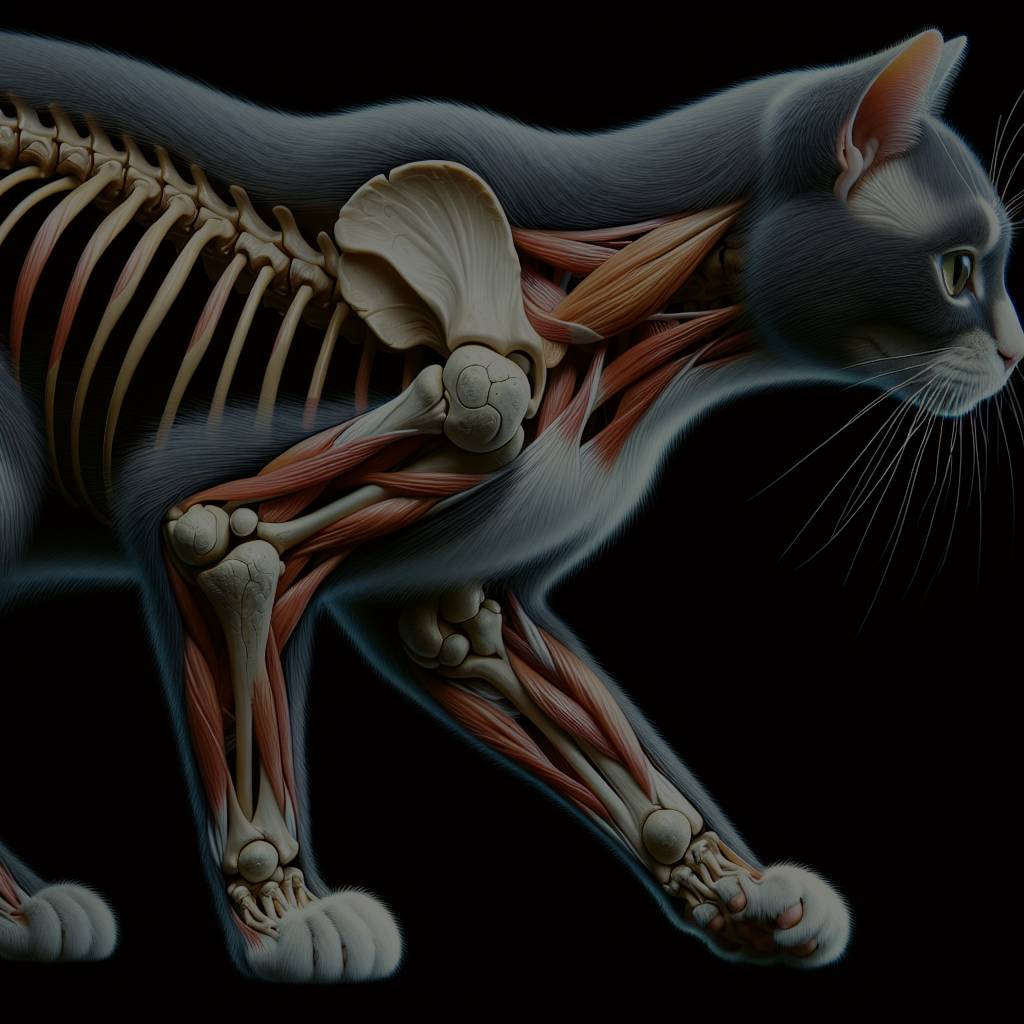
Understanding Feline Joints: Insights into Cat Physiology ===
Cats are known for their agility and grace, but have you ever wondered how their joints enable them to move with such fluidity? Feline joint structure is a fascinating aspect of cat physiology that plays a crucial role in their overall health and well-being. By understanding the intricacies of cat joints, we can gain valuable insights into their function and learn how to maintain their health effectively.
An Overview of Feline Joint Structure
Feline joint structure is composed of various components that work in harmony to facilitate movement. The primary types of joints found in cats are synovial joints, which are highly mobile and allow for a wide range of motion. These joints are made up of bone, cartilage, ligaments, tendons, and synovial fluid. The bones forming the joint are connected by ligaments, which provide stability and prevent excessive movement. Inside the joint, smooth cartilage covers the ends of the bones, reducing friction and ensuring smooth movement. Additionally, tendons connect muscles to bones, allowing the cat to control and move its joints effectively.
Examining the Function and Health of Cat Joints
The function of feline joints is essential for various activities, including walking, running, jumping, and climbing. The synovial fluid within the joint acts as a lubricant, reducing friction and allowing the bones to glide smoothly against each other. This fluid also provides vital nutrients to the cartilage, aiding in its repair and maintenance. However, just like humans, cats can experience joint problems, such as arthritis, which can significantly impact their mobility and overall quality of life. Arthritis in cats is commonly seen in older felines but can also affect younger cats due to genetic and environmental factors.
To ensure optimal joint health in cats, it is crucial to provide them with a balanced diet rich in essential nutrients like omega-3 fatty acids and antioxidants. Regular exercise, appropriate for their age and physical condition, can help strengthen muscles surrounding the joints and maintain joint flexibility. Providing cats with comfortable and supportive surfaces for resting, particularly for older cats, can alleviate pressure on their joints. Additionally, regular veterinary check-ups can help identify early signs of joint issues, allowing for prompt intervention and management.
Understanding feline joint structure and function is vital for cat owners and veterinarians alike. By gaining insights into the complexities of cat joints, we can ensure that our feline companions lead healthy, active lives. By providing them with proper nutrition, exercise, and regular veterinary care, we can minimize the risk of joint problems and maintain the vitality and well-being of our beloved cats for years to come.
Absolutely! Here’s the new, SEO-friendly paragraph: When discussing the intricacies of feline joints, it’s fascinating to consider how these complex structures compare to other aspects of animal physiology. Speaking of agility, you might be interested in learning how cats’ unique skeletal structure contributes to their remarkable flexibility by exploring the Cat Skeleton. Additionally, the role of synovial fluid in joint health is crucial not only for cats but also for many other vertebrates. Moreover, understanding conditions like Arthritis can provide insight into how joint-related diseases affect both humans and animals, highlighting the importance of early diagnosis and treatment. This paragraph integrates key phrases with relevant Wikipedia links naturally, enhancing the user experience while also providing valuable information.

